There is no doubt that the contribution of BIM technology is changing and evolving the construction Industry with every passing year. As per AIA’s report in 2016, around 96% of the large organizations, 72% of the mid-level organizations, and 28% of the small organizations have been using some or the other BIM software.
BIM integration has driven the industry towards a more transparent, accountable, and efficient process system. With its vast scope, the technology has included several aspects of construction like 3D modeling, facility management, collaboration, coordination, cost estimation, procurement, and many more.
Since, its inception, BIM is continuously evolving, from CAM software to virtual design and construction (VDC) or in the form of a BIM service package. The technology is expanding endlessly to add new tools in its domain to make construction more and more technologically advanced and effective. Its adoption rate is increasing year on year in the AEC sector, transforming the facet of the industry.
Here is a list of nine futuristic BIM trends conceivably to impact the construction industry in the near future if not already.
1. Pre-fabrication and modular construction
The use of Pre-fabrication and modular construction has gain momentum in the last few years as the Construction sector is pursuing safety, productivity, quality, and cost-efficiency amid workforce shortage challenges and other uncertainties.
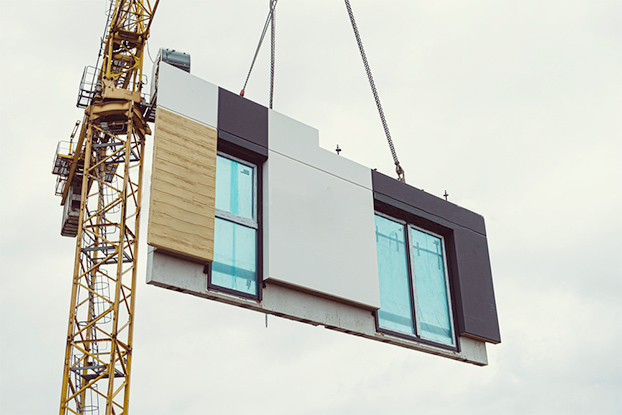
The term Prefabrication refers to off-site manufacturing of construction elements, customized as per the specific project’s requirement and later assembled on-site. Whereas, modular construction is a prefabrication of standardized construction modules like a factory-fitted bathroom, a façade element, or a dorm room.
Pre-fabrication and modular construction are preferred for projects with complex design, several similar units (e.g., office rooms), remote or highly dense urban construction sites, short build season due to climate or expensive construction site, etc.
The top benefits that are driving the usage of this BIM technology are enhanced productivity and quality. Off-site manufacturing of modules and assembly reduces the material wastage, sets up a safe and green construction site. Reduction in weather dependency and construction site conditions paces up the schedule certainty and has a positive impact on the construction budget.
2. Internet of Things (IoT)
Today, buildings encompass a huge ecological community, and IOT with BIM has transformed each aspect of a building from design, construction, and possession to maintenance.

Internet of things refers to a technique where an object or machine component can install a sensor to monitor the state of operations, performance level, or physical state. In the construction industry, the term is usually quoted as telematics. On an elementary level, the application of IoT in this sector helps to track machine hours, fuel consumption, GPS tracking, or idle time. And its advanced application helps to monitor various operational parameters such as engine load, fuel temperature, pressure, etc. IoT devices help in fetching real-time data, and their integration with BIM opens a huge application network to enhance operational and construction efficiencies.
The connection of IoT sensor networks and BIM model eases the designing process with its updated data flow and use of cloud applications like ABB Switch Range Configurator and Rexel Wholesale Connector. Further, IoT technology impacts and eases the health & safety management, prefabrication, logistics, and facilities management as well.
3. Augmented reality (AR) and virtual reality (VR)
With its promising benefits, AR and VR are trending in the construction industry and enhancing the efficiency of the entire construction process. AR superimposes the computer-generated images in the physical or real-world environment. In construction, AR places the proposed 3D model or design in the real-world environment using mobile and 3D models. Whereas, VR creates a simulation of the physical world or real -environment.
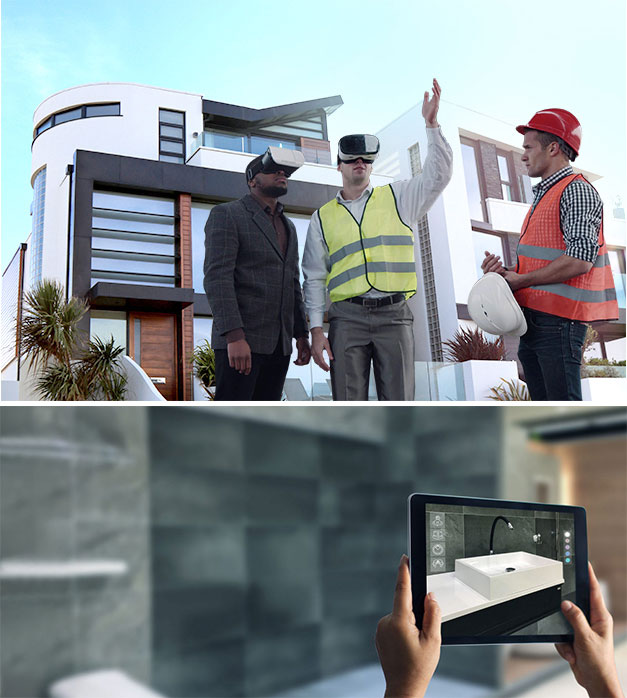
These advance technologies support construction and architecture in design and visualization of a 3D Revit model, precise presentation of BIM data helps in space planning, design analysis for any clash detection between MEP parts or any other element, a smooth collaboration between design and construction team to reduce frequent change orders and even assist in prefabrication of building components.
4. 3D printing
3D printing, also quoted as Additive manufacturing, is a process to create 3D shapes through computer regulated sequential material layering. In Construction 3D printers are used to create a 3D digital model or prototype of construction components.
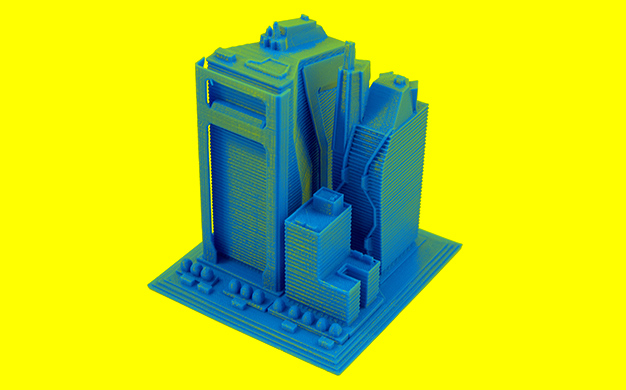
3D printing enables the construction of complex components, improves accuracy, reduces the waste, and speeds up the whole process. With less usage of materials, in contrast to the traditional manufacturing, 3D printed buildings are economical, an optimized design gets developed with the precise geometrical information that limits the usage of the material and reduces the wastage.
3D printing can potentially simplify the project’s key process, i.e., from design to production, reduce labor cost, facilitate construction in a harsh and dangerous environment, and support to develop a sustainable world.
With the advancement in technology, in the future, 3D printing may support prefabrication and modular construction. However, there is resistance in the application of this technology by many construction standard bodies and codes, as the 3D printing process is not considered as a construction method. But few countries have adopted technology and believe 3D printing as the solution to the housing crisis as it can create structures rapidly.
5. Use of laser scans
Termed as Scan to BIM, 3D laser scanners are widely used in the construction industry for several renovations, retrofit, or conversion projects. Scan to BIM captures the scanned data from the real site, in the form of point cloud through the laser scanners, and converts it into a 3D model.
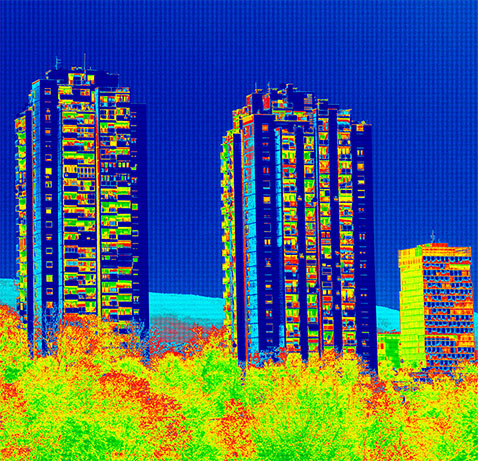
Besides, laser scanners are also used for extracting accurate and precise construction information and data from as-built buildings, monitor the progress of a project to add any missing element of the model or design, develop an as-built 3D model from an existing building, and review the as-built model.
The use of laser scanners brings several crucial benefits to the construction team, like reduction in human error with less manual dependency and precision in captured data, continuous evaluation of documents, reduction of costs, material cost estimation, etc.
6. Use of drones
Drones are put to work in construction to capture real-time data; this aerial data collection tool helps in getting an insight into the project and its progress. Construction companies are deploying drones on job sites, project managers and technical teams are using it as a mode of communication, learn several aspects of the project, and take several advantages of drone’s data to improve the project’s efficiency.
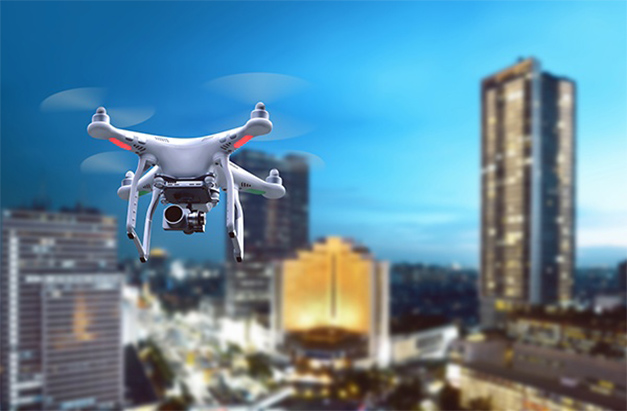
The real-time and accurate data extracted from the drones not only keep track of the project’s progress but unfolds several technical issues on time. Early problem detection helps to save time and cost. The drones deployed software assist the construction team to plan, communicate, fast- track project progress, and also manage resources and budget of the project.
As a real-time monitoring system, drones also help in preconstruction and site planning, job site risk mitigation, quality assurance and control, and increases safety efficiency.
7. Energy modeling and green architecture
Energy modeling or energy analysis is a virtual simulation of a building on several parameters like energy consumption, indoor environmental quality, utility bills, annual CO2 emission, prediction of the cost incurred throughout the lifecycle of electrical equipment used for air conditioning, hot water, lightning, etc. And it also includes evaluation and comparison of several green energy options like solar energy panels, wind turbines, photovoltaics, and other high energy- efficiency appliances.

Energy modeling is performed post load design, which helps to determine the amount of cooling or heating energy required by the system and building, supply temperatures, volumetric airflow requirements, hydronic plant capacities, etc.
As an integrated approach of Building design and Energy Modeling called Building Energy Modeling (BEM); BEM helps to meet the energy regulations and certifications like LEED and BREAM for a project. BIM and BEM tools integration helps in energy analysis right from the conceptual stage of a project, BEM assists in energy analysis even at the operational stage of a building. This approach also supports an evaluation of the energy performance of a building when any design changes occur.
A green architecture or sustainable design mitigates the negative impact of a building on the environment at each stage. A green building that is environmentally responsible and profitable and a healthy place to live and work has gained momentum. Several countries are setting standards for sustainable design to promote green building and conserve energy and the environment.
8. Facility management
The industry is shifting from the traditional Facility management approach to BIM-enabled Facility management. BIM provides well–structured information for facility management of a building during the operational phase. The integration of the Facility management system with BIM brings a sustained information flow and optimizes the operational practices.
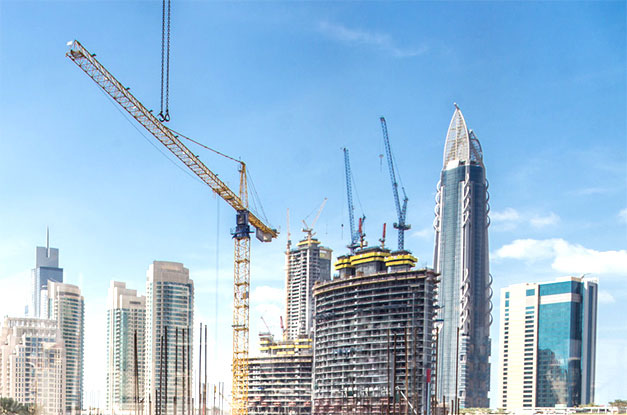
BIM supports Facility management by providing data for asset inventories and registries, building system analysis, space management applications, regulatory compliance management, and environmental analysis. This practice of integrating BIM data for facility management is on a continuous rise by the owners.
9. BIM model sharing on the cloud
Cloud-BIM or BIM model sharing on the cloud is the new advancement in the BIM technology to fight against its standalone nature. Providing a real-time communication platform for the project team members, cloud BIM enhances the communication and collaboration between several project team members.

Several teams involved in the project can share and exchange data on cloud BIM to make key decisions at the right time. Automated real-time clash-detection, real-time clash resolution, reduction in re-work at the site, data sharing with the whole team, and real-time monitoring of construction progress are some of the benefits of Cloud-based BIM.
Embrace the Future of Construction with BIM
Estimating over US$10 trillion, the AEC industry is growing year-on-year and BIM has been a catalyst in this process. As an architectural, BIM, and MEP service provider, eLogicTech Solutions has been part of many organizations’ journey of BIM adoption and implementation. Be it BIM model auditing, 4D BIM construction simulation, BIM 5D cost estimation, or point cloud to BIM, eLogicTech has a team of specialists to assist. The future of construction is here – contact us to explore the futuristic technologies before your competitors.







